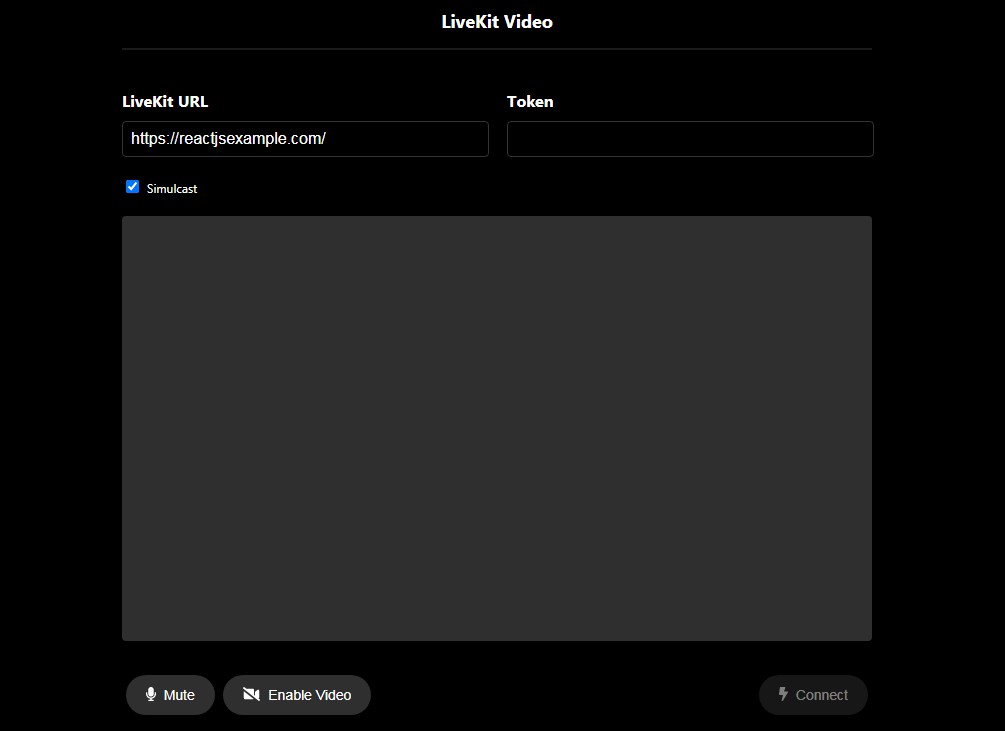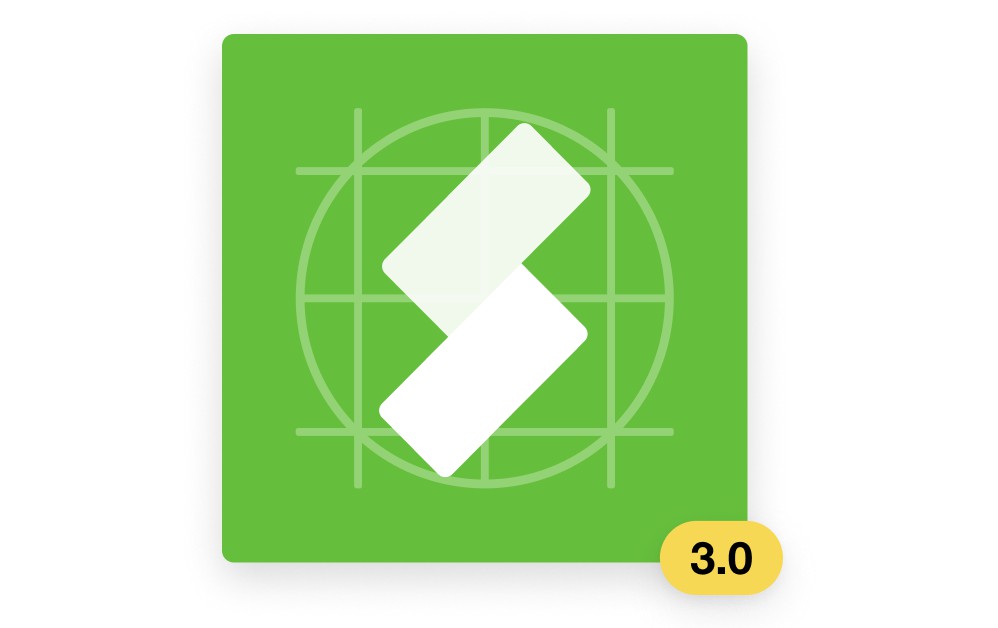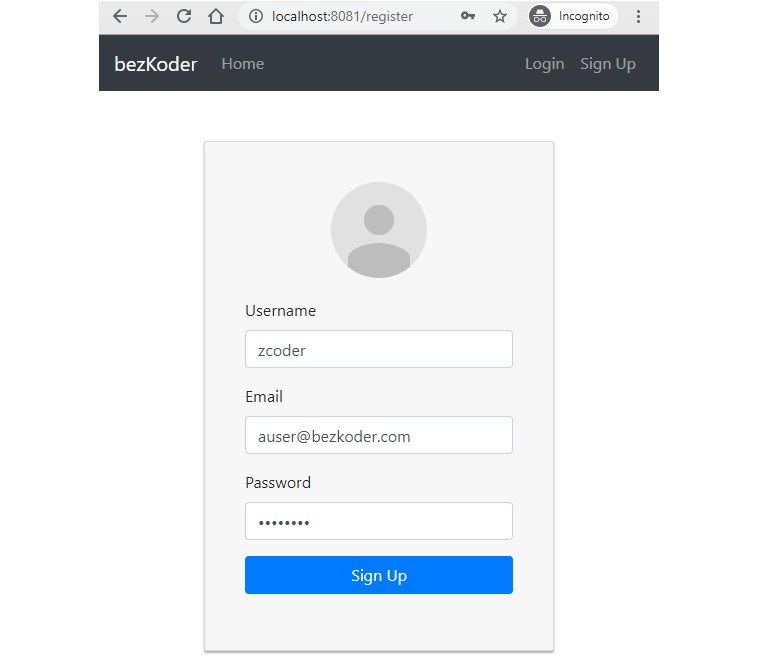LiveKit React Component Library
This package provides React components that makes it easier to use LiveKit in a React app.
Install
npm install --save livekit-react
Usage
Video room with built-in UI
Without customization, the component would use a default skin as seen in the demo above.
import { LiveKitRoom } from 'livekit-react'
// CSS should be explicitly imported if using the default UI
import 'livekit-react/dist/index.css'
// used by the default ParticipantView to maintain video aspect ratio.
// this CSS must be imported globally
// if you are using a custom Participant renderer, this import isn't necessary.
import "react-aspect-ratio/aspect-ratio.css";
export const RoomPage = () => {
const url = 'wss://your_host'
const token = 'your_token'
return (
<div className="roomContainer">
<LiveKitRoom url={url} token={token} onConnected={room => onConnected(room)}/>
</div>
)
}
function onConnected(room) {
const audioTrack = await createLocalAudioTrack()
await room.localParticipant.publishTrack(audioTrack)
const videoTrack = await createLocalVideoTrack();
await room.localParticipant.publishTrack(videoTrack)
}
Customize rendering
To provide your own rendering, override one or more of stageRenderer, participantRenderer, and controlRenderer. It's possible customize a single renderer and use defaults for the others.
export const RoomPage = () => {
const url = 'wss://your_host'
const token = 'your_token'
return (
<LiveKitRoom url={url} token={token}
// stageRenderer renders the entire stage
stageRenderer={(props: StageProps) => { return <div/> }}
// participantRenderer renders a single participant
participantRenderer={(props: ParticipantProps) => { return <div/> }}
// controlRenderer renders the control bar
controlRenderer={(props: ControlsProps) => { return <div/> }}
/>
)
}
Using custom hooks
The provided components make use of two hooks: useRoom and useParticipant, they will help you manage internal LiveKit callbacks and map them into state variables that are ready-to-use from React components.
Using the connect function returned by useRoom will ensure that callbacks are registered automatically and the other state variables are updated when changes take place in the room.
import { useRoom, useParticipant } from 'livekit-react'
export const MyComponent = () => {
const { connect, isConnecting, room, error, participants, audioTracks } = useRoom();
...
}
export const ParticipantRenderer = ({ participant }) => {
const { isMuted, isSpeaking, subscribedTracks } = useParticipant(participant)
...
}
Rendering video and audio
When building your custom UI, it's helpful to use track renderers that are provided in this library. AudioRenderer and VideoRenderer would render an audio and video track, respectively.





